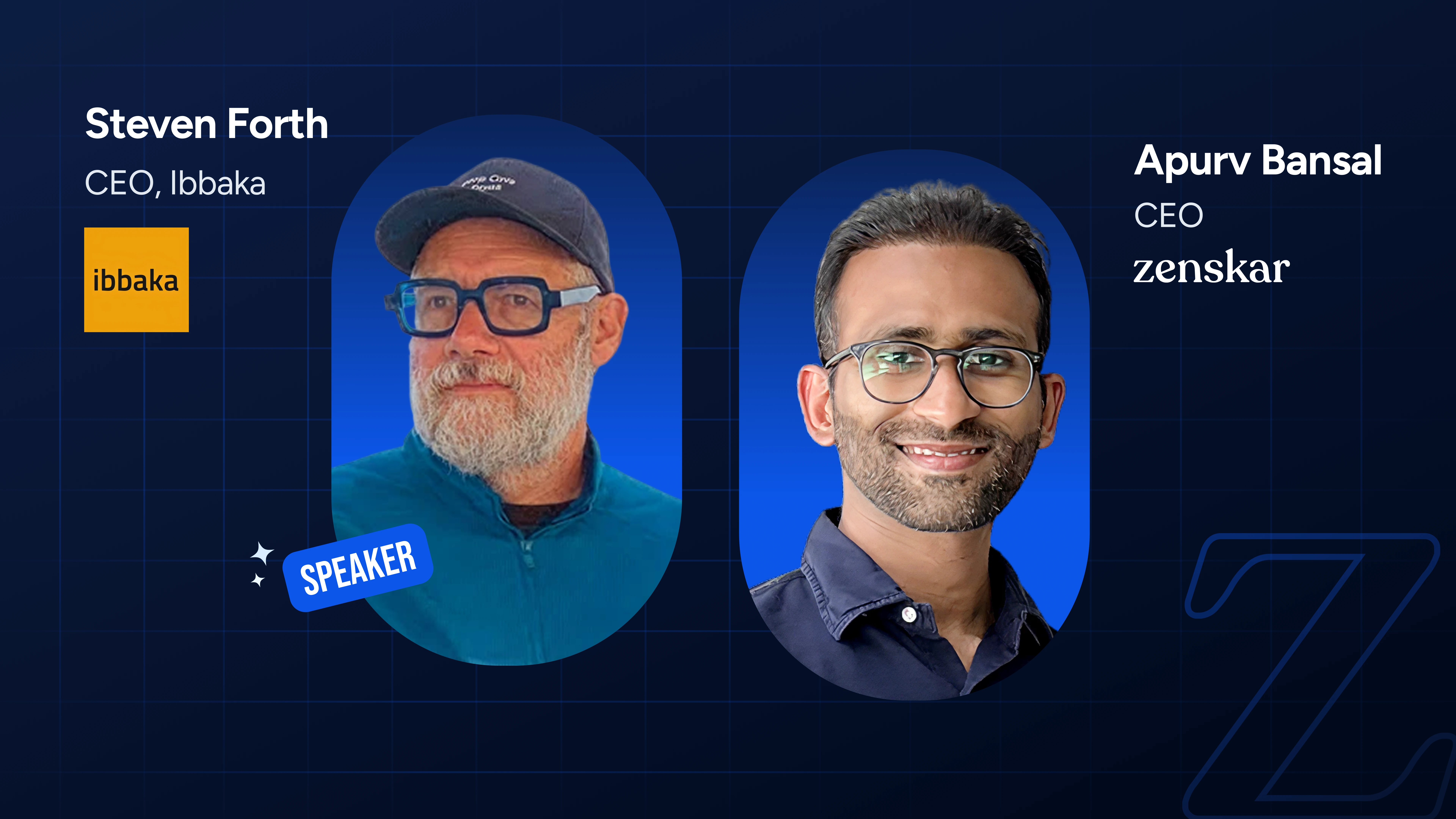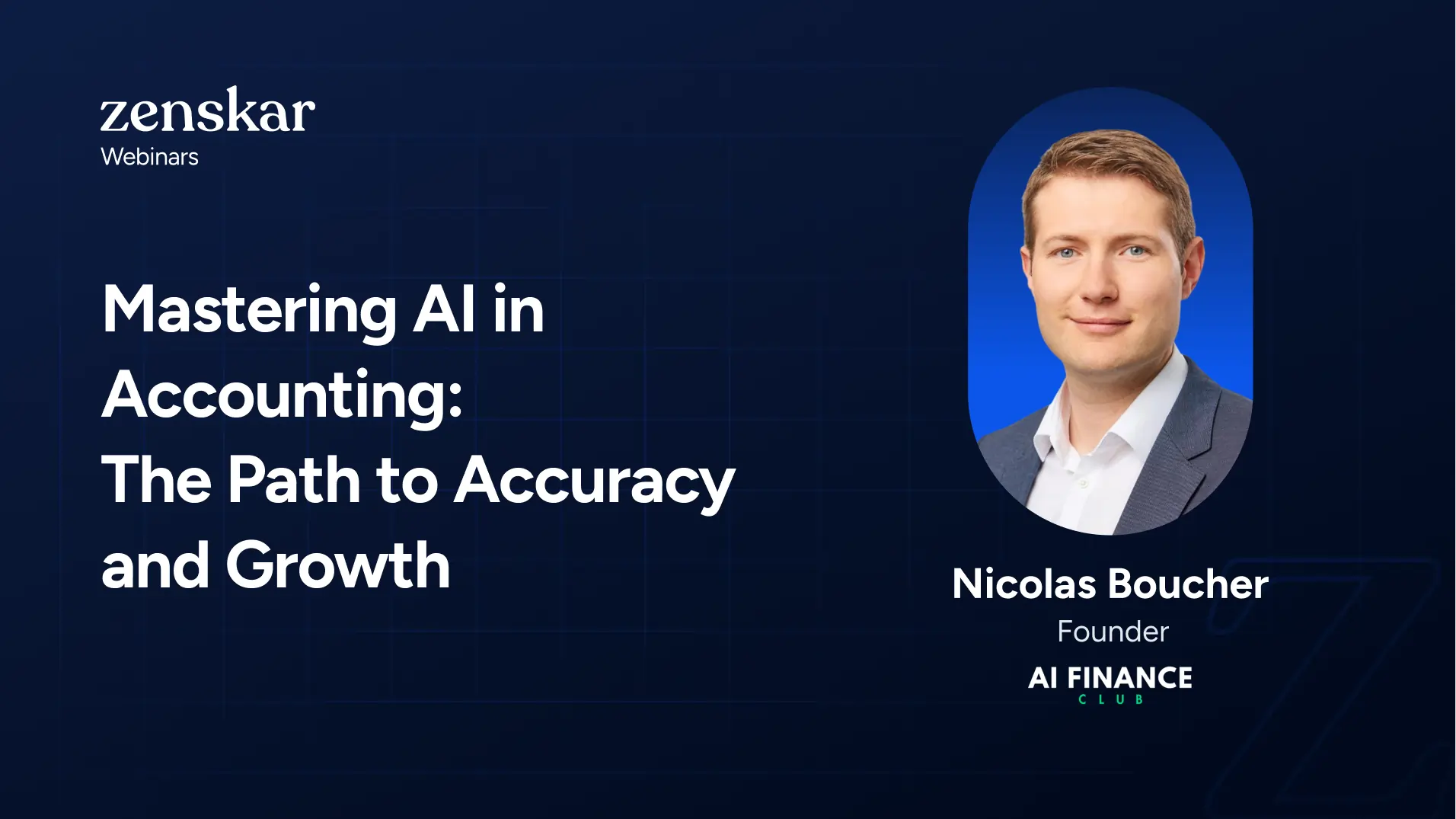Cutting through the PLG Hype, Implementing PLG for UBP SaaS, and Implications on Finance Teams
In our recent webinar, we got talking to Daniel Sharon, Head of Ops & Finance at Qwak. Backed by years of experience, Daniel had a range of perspectives to share on the world of Product-Led Growth (PLG) and its impact on different business models.
As businesses face increasing competition and evolving customer expectations, the concept of PLG has emerged as a game-changer. In this webinar, we take a look at the core principles of PLG and its significance in today's competitive landscape.
"Certain products have the ability to sell themselves thanks to intuitive design and the right user experience."
From the importance of self-serve features to the challenges and opportunities presented by usage-based pricing (UBP), tune in to uncover the strategies that drive PLG success.
Key Takeaways
- Self-serve features fuel PLG's success by offering immediate value and enhancing user experience
- PLG and UBP strategies focus on delivering measurable value to both the company and its users
- Finance teams face challenges in revenue recognition and billing accuracy with UBP models, highlighting the necessity for robust billing systems
This insightful session will help you discover techniques to minimize time to value and leverage PLG strategies for even the most complex products.
If you're curious about PLG and how to implement it effectively in different business models, then this webinar is for you. You will also come across some actionable insights on usage-based pricing that you can take back and implement in your business for immediate and sustained improvement.
Speakers:
Daniel Sharon, Head of Ops & Finance @Qwak | Machine Learning Platform
- A seasoned industry expert from the consulting, venture capital, and finance world
- Previously worked as a strategy consultant at EY
Hosted by:
Apurv Bansal and Saurabh Agrawal, Founders at Zenskar
Webinar Summary
1. What does product-led growth (PLG) mean, and how does it differ from a self-serve model?
PLG refers to a strategy where the product itself drives customer acquisition, retention, and expansion. At Qwak, we use a blend of PLG and self-serve models. While PLG allows the product to sell itself through a seamless UI and easy-to-use features, self-serve models require a user to get started on their own but might still need sales or support involvement as they scale. The key difference is that PLG focuses on reducing friction to adoption and expanding usage through product engagement, whereas self-serve often still requires interaction for higher-value transactions. For example, even though Qwak is a complex platform, users can still start self-servicing the product but may need deeper engagement as they scale.
2. How do you differentiate between products suited for PLG and those requiring traditional sales methods?
Some products, like simple collaboration tools, can thrive in a PLG model because users can immediately realize value. However, complex products like Qwak, which cater to developers and require technical understanding, can't be fully self-served at the start. It's important to understand your persona. For example, enterprise software that addresses specific, high-stakes needs (like cybersecurity) may need a combination of PLG elements (to engage users) and traditional sales (to manage the complexity of the solution and its customization).
3. Can a company incorporate PLG elements without fully committing to it?
Yes, you can implement PLG principles in complex products. At Qwak, we focus on providing a "glimpse" of the product's value. For instance, a developer may use the platform for limited API calls for free, then get a prompt to talk to sales for more usage once they hit their limits. This approach captures users' attention, demonstrates the value of the platform, and opens the door to deeper engagement through conversations.
4. How can companies with B2B products incorporate PLG in a practical way?
Even B2B products can integrate PLG strategies by offering a frictionless trial experience. For instance, a developer using a QA tool can use it for free up to a certain limit (e.g., a limited number of code validations) and be prompted to schedule a demo once they reach that limit. This model combines the self-serve nature of PLG with the need for tailored engagement for higher-value customers.
5. What are the core challenges of consumption-based pricing in PLG?
A consumption-based pricing system can be more difficult for finance teams to manage because it requires tracking usage metrics regularly. Unlike a subscription based billing system where you can bill annually or monthly, consumption-based pricing requires continuous tracking of how much a customer uses the product. For instance, at Qwak, we need to track usage by hour, storage, or API calls and bill accordingly, which adds complexity to billing cycles and invoicing.
6. How does consumption-based pricing impact revenue recognition?
Consumption-based pricing simplifies revenue recognition because it ties revenue directly to usage, not the time elapsed since the customer paid. If a customer is billed based on their usage in a given month, revenue is recognized as the service is provided. This removes the need to estimate how much of the pre-paid subscription has been consumed, which can be tricky in a subscription model.
7. What are the operational complexities of consumption-based billing?
Billing consumption-based models requires robust systems to track data accurately. This can involve setting up a data warehouse to store all usage data, implementing automated workflows for billing, and integrating usage data with revenue operations. The key challenge is ensuring that all metrics are correctly captured and linked to the right billing tiers. For example, at Qwak, we track multiple metrics (e.g., API calls, storage) at different price points, which requires careful validation to ensure the accuracy of invoices.
8. How does the complexity of usage-based pricing impact finance operations?
As usage-based pricing becomes more prevalent, finance teams face the dual challenge of ensuring accurate billing and revenue recognition. While subscription models allow for easy upfront payments, usage models require more frequent invoicing and data analysis. This can lead to operational headaches, including the need for specialized tools for data tracking, managing multiple pricing tiers, and integrating this information with accounting systems.
9. What role does AI play in usage-based pricing models?
AI can significantly improve the management and scalability of usage-based pricing models. AI can predict usage trends, automate billing cycles, and flag any inconsistencies or anomalies in data. For example, at Qwak, we use AI to optimize pricing models based on customer behavior, helping to adjust the pricing structure dynamically in response to usage patterns. This allows us to capture more value without compromising the customer experience.
10. How can companies prepare for a smooth transition to a usage-based model?
Transitioning from a subscription model to a consumption-based model requires careful planning. Start by identifying key metrics that reflect true usage and design pricing tiers that are intuitive to customers. Implement tools for tracking these metrics and ensure your finance and billing systems are equipped to handle more granular billing cycles. A smooth transition involves setting clear expectations with customers and providing them with tools to understand their usage and costs.
12. What strategies can be used to streamline billing for consumption-based models?
To streamline billing, companies should invest in robust billing platforms that can handle the complexity of consumption-based pricing. Automating data collection and invoicing through a data warehouse ensures accuracy and reduces manual workload. Furthermore, having clear tier structures for usage and transparent billing statements can alleviate customer confusion and reduce disputes.
13. What is the impact of consumption-based pricing on customer retention?
Consumption-based pricing can improve customer retention because customers only pay for what they use, aligning cost with value. This ensures that customers feel they're getting what they pay for, which can lead to higher satisfaction and longer-term loyalty. At Qwak, we see that customers who feel they are only paying for what they need are more likely to continue using the product and even expand their usage.

















.webp)
